
Travel to JizhaoAn Nunnery in Dali, The Most Beautiful Nunnery in China
Miao Hui Master(妙慧法师A famous buddhist nun in China)said: Buddha need nothing, do not care about your incense, but care about your heart.
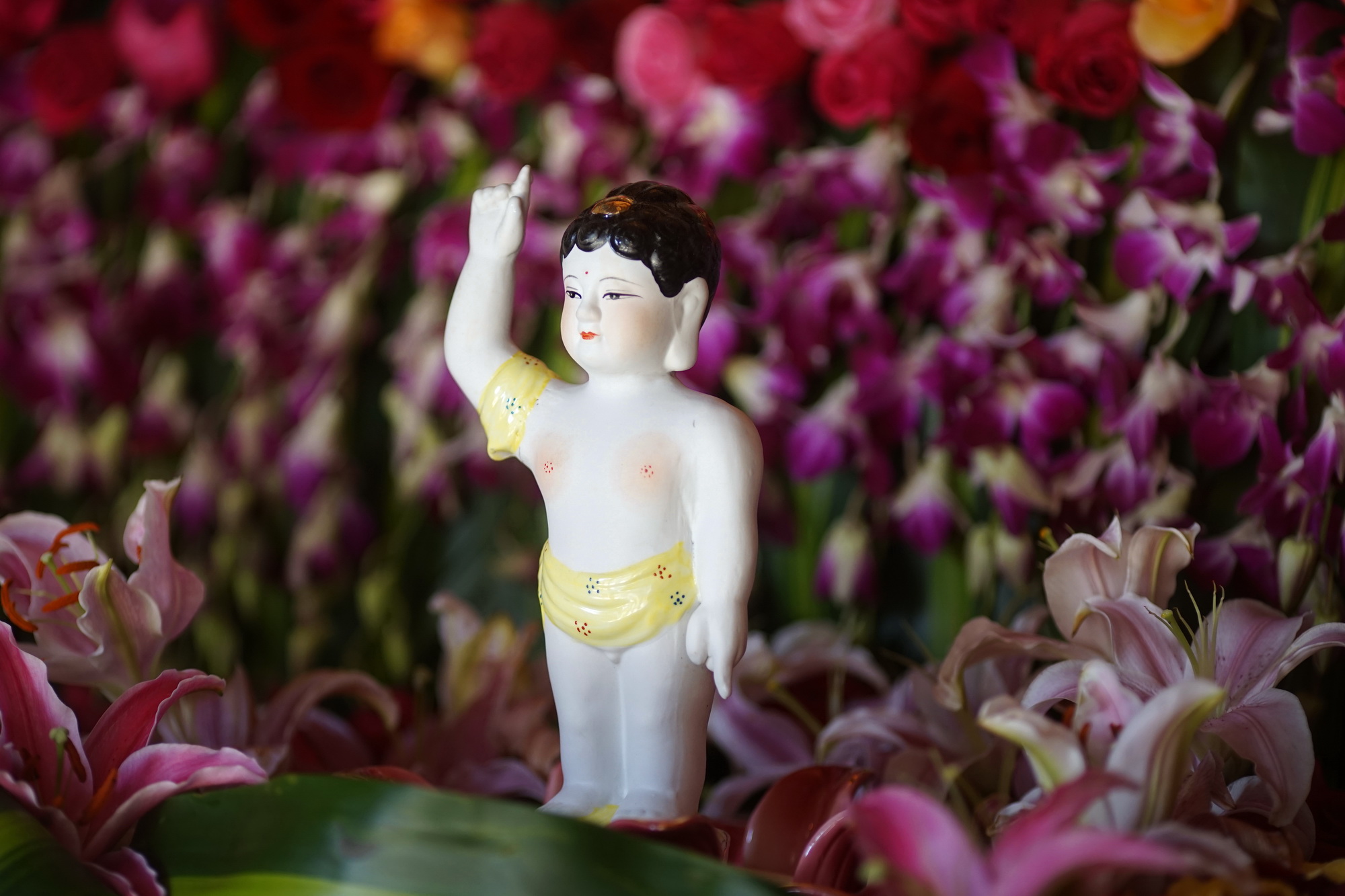
Usually if you come to Dali, the most popular attractions and things to do in Dali are Dali Old Town, Three Pagodas in Chongsheng Monastery, Erhai Lake and Cangshan Mountain, but very few people know Jizhao nunnery.
Someone in Dali(大理)had recommended me to visit the Temple of Gantong (感通寺), which place fulls of silence and has a good scenery. There is a whole courtyard fulls of old tea plants which over hundreds of years old.
Thereupon, I drove there. But on the foot of the mountain, the car was not allowed up the hill. I had no chioce but took the unlicensed taxi in the scenic area which can charge as much as the drivers like. After a bargain, the deal was finally settled at 30 yuan. The diver was nice, he has been driving uphill along the winding road. Actually it was not so far, he said “How about I will bring you to the Jizhao nunnery (寂照庵)which on the top of Gantong Temple. So that you can visit one more place. Afterwards, you will get to the Gantong Temple after going down a few steps.”

So we got off at Jizhao nunnery and took a few steps up to the gate of the Monastery: “Is this the garden?” We could’t help screaming.
It was a real garden, a small yard, full of flowers that are all three-dimensionally stacked, and the sky was covered with flowers.
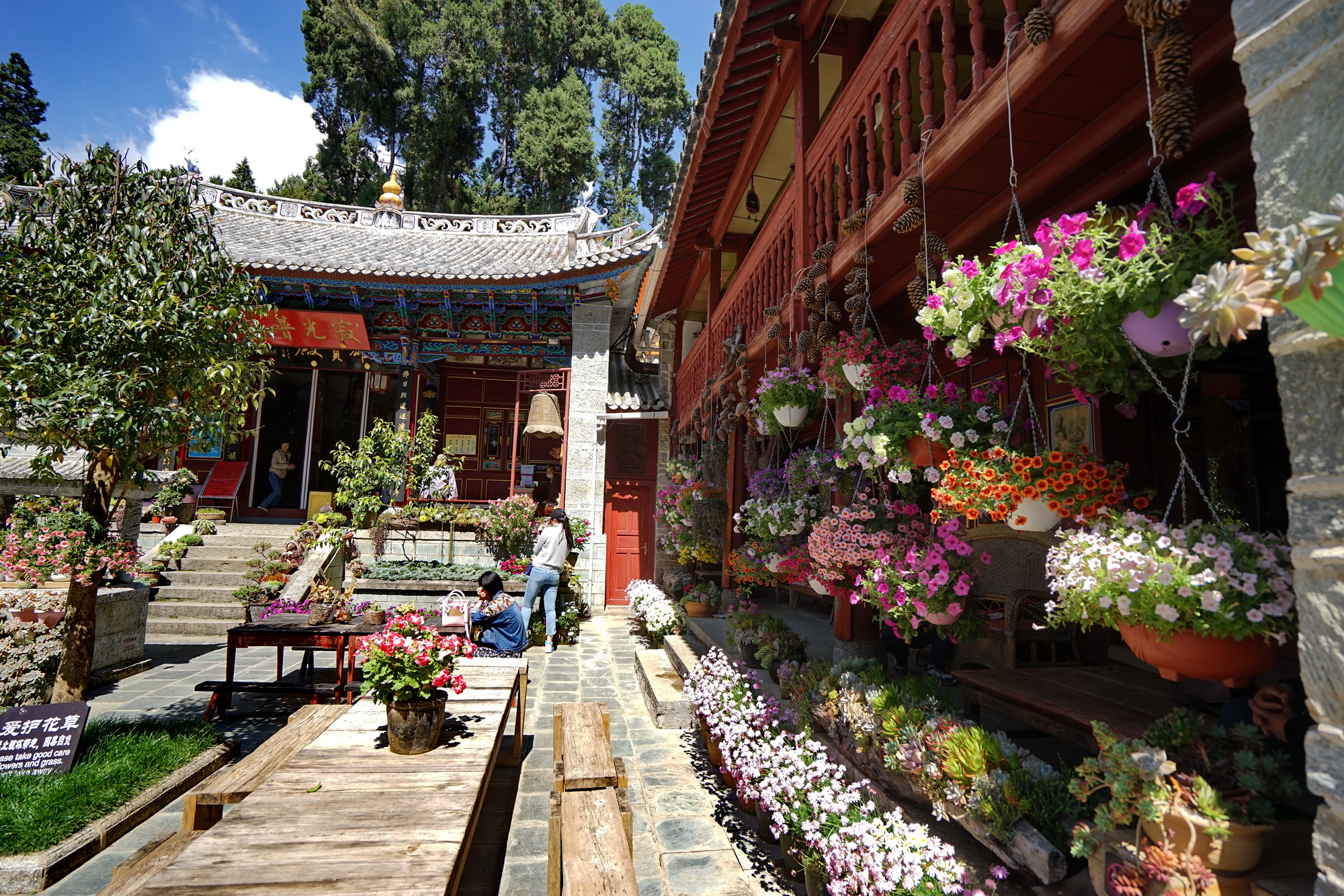
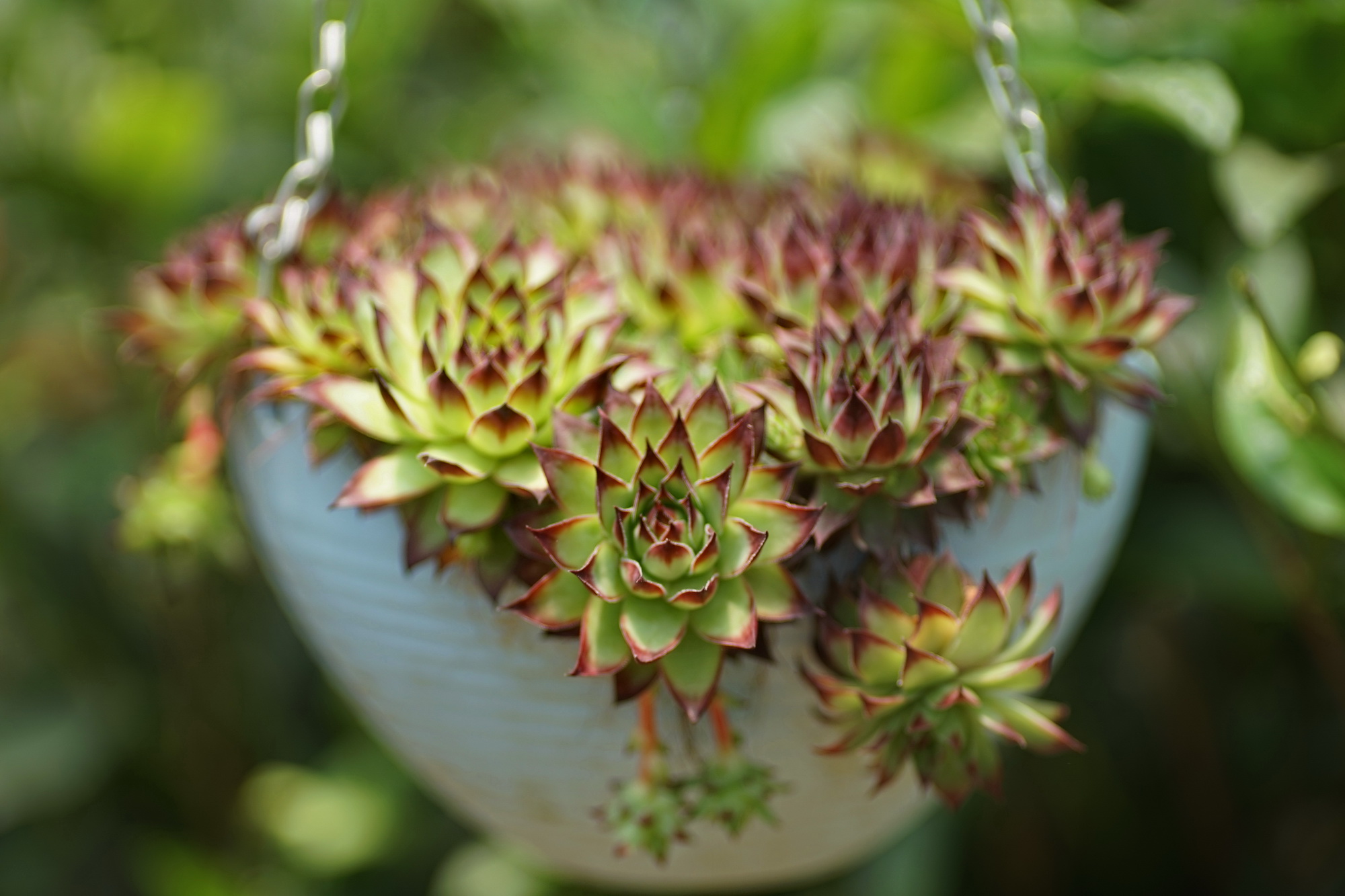
I’ve been traveling extensively for years, I have seen so many kind of temples at home and abroad. But I’ve never seen a monastery decorated like that. It was totally a parteree and a courtyard where the people can enjoy themselves. If you look carefully, you will know that it is still a monastery because the main shrine hall is still there, the Buddha and Bodhisattva who are worshiped still there.
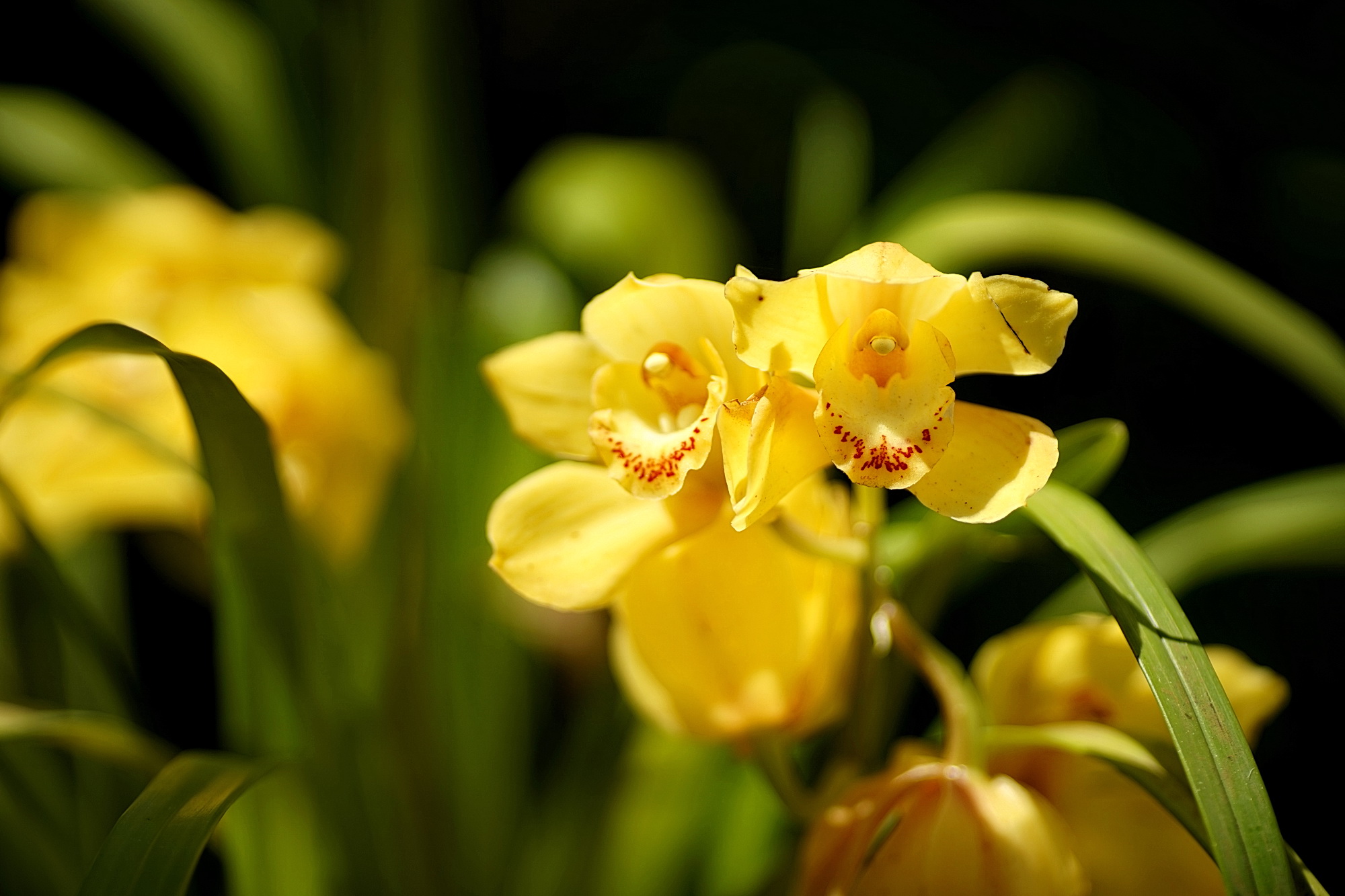

Look at the flowers on the Buddha’s table, how detailed, elaborate, and beautiful!

The Jizhao nunnery (寂照庵) was too clean and tasteful, the whole mian hall was spotlessly clean. The monastery is not large, but everywhere showed the humanistic concept and elaborate planning and placement.
However, I soon discovered its difference from other monasteries. The incense was thought as the most important thing of Chinese Buddhism, but why was there notany sign of incense,? We can’t see it or smell it.
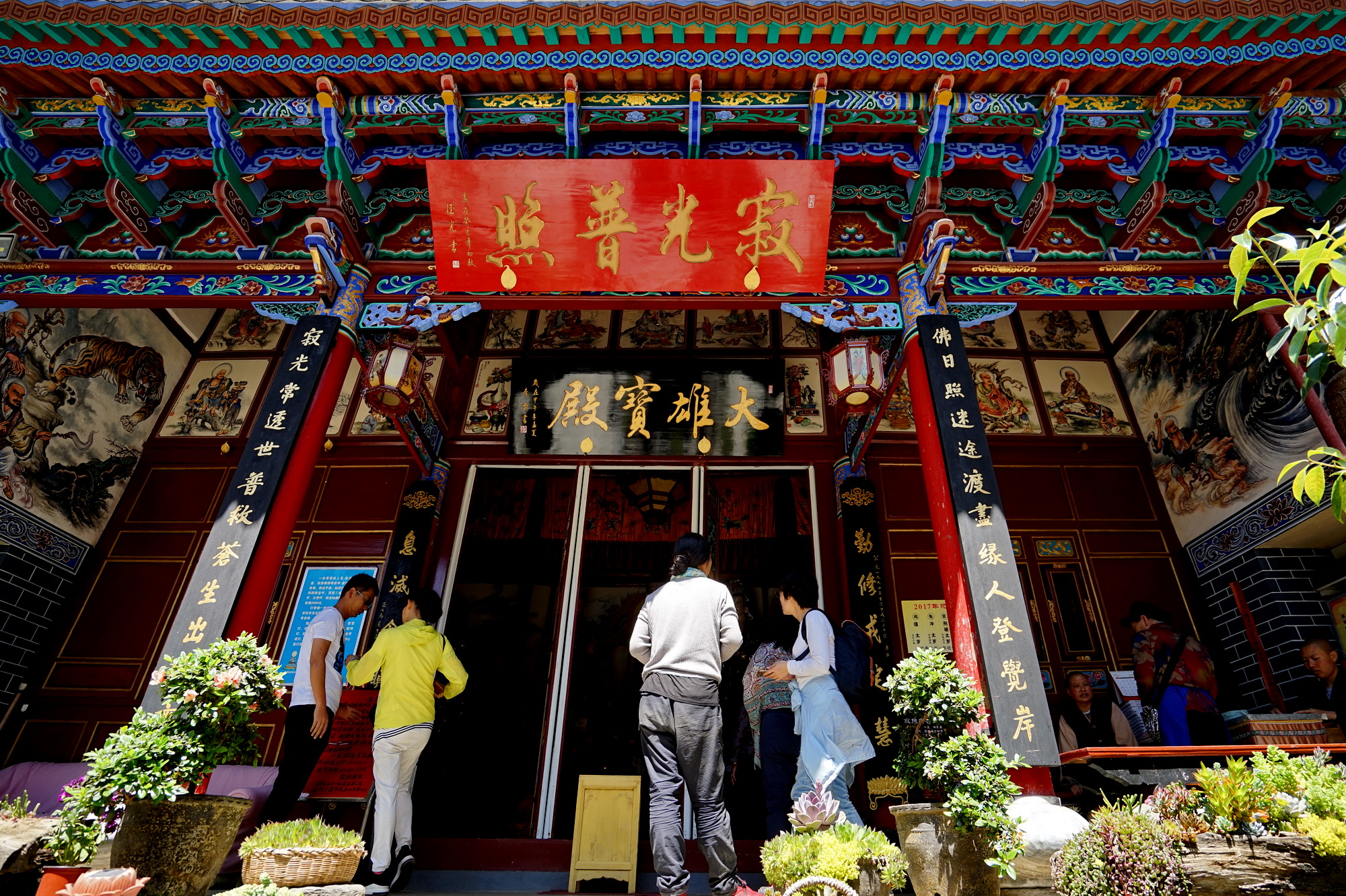

With this question, I found the temple’s host–Miaohui Master, and said that I was puzzled. Miao Hui Master said: “Buddha need nothing, do not care about yourincense, but care about your heart.”
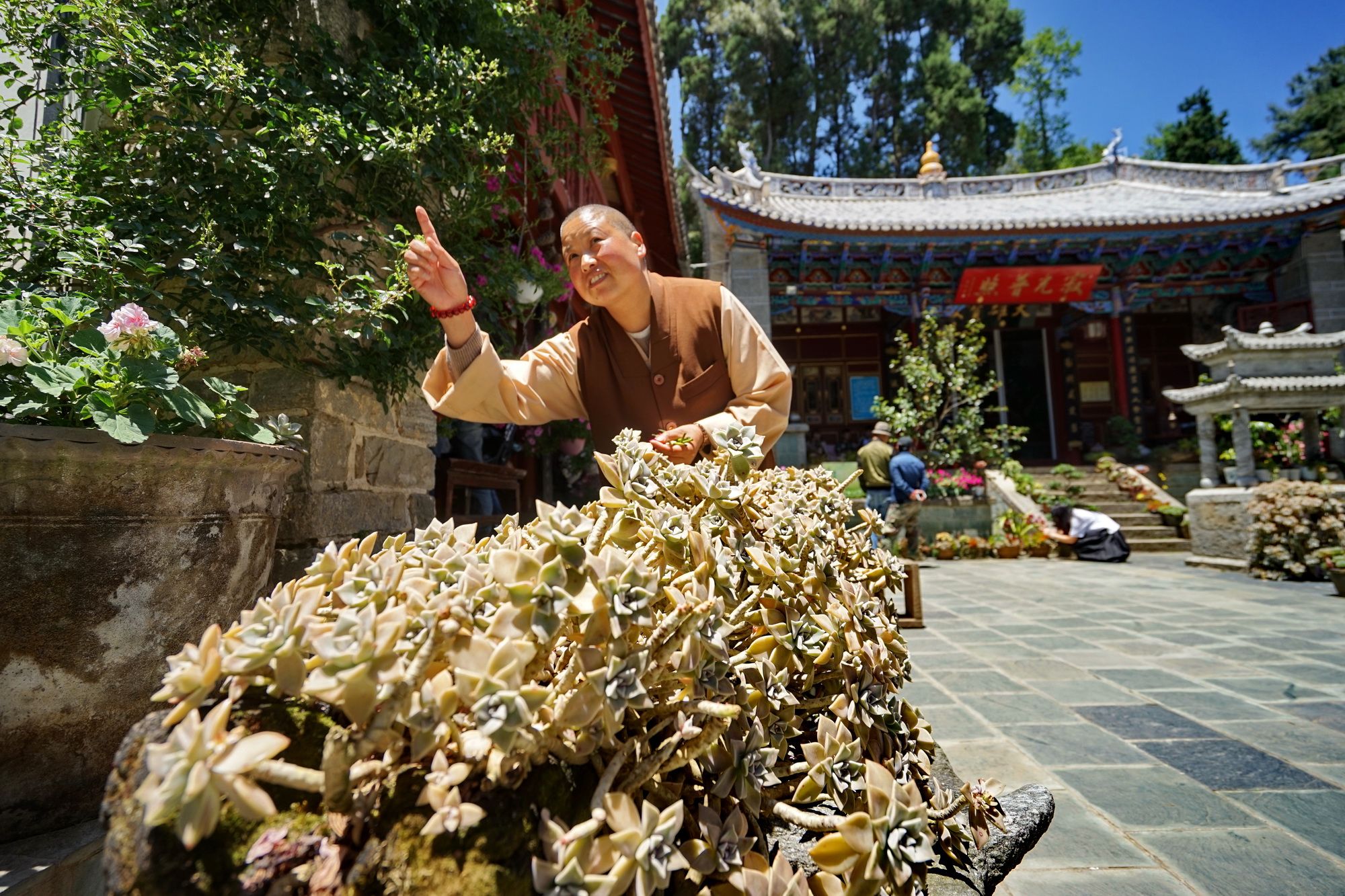
She added that actually whether you offer incense to Buddha, even if you do more, it just expresses your respect for the Buddha. However, if you do not practice Buddhism, do not respect the Buddha, it’s useless to offer so much incense. Jizhao nunnery is also offering incense, there is a special place to offer incense in the front of the house. You can do it if you want, but Jizhao nunnery does not encourage people offer too much incense.
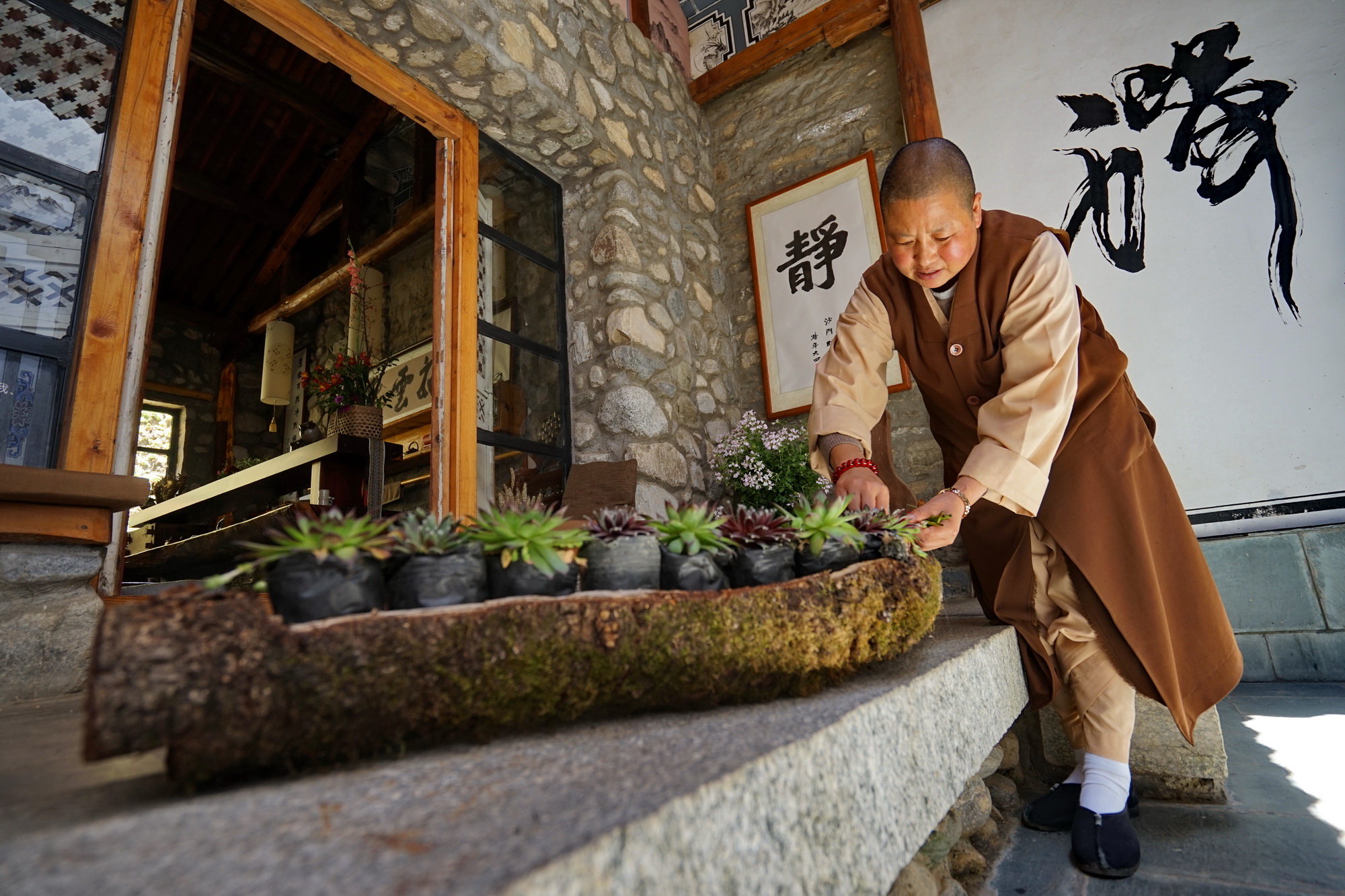
She said that there had three reasons why she discouraged to offer incense. First, when she went to the families who made the incense, she found the incense was made by the nomal saw dust. The environment was so terrible, the chickens and ducks ran about the saw dust, and even shited on it. Such incense was very irreverent to offer for Buddhism; Second, Jizhao nunnery was on the foot of CangShan Mountain, it was not suitable to use fire beacuse of the dense forest, it was dangerous even just burn incense; Third, the incense are made poorly now, it not only pollutes the environment, but also threaten the lives of microorganism. And this is contrary to the Buddhist’s benevolence.
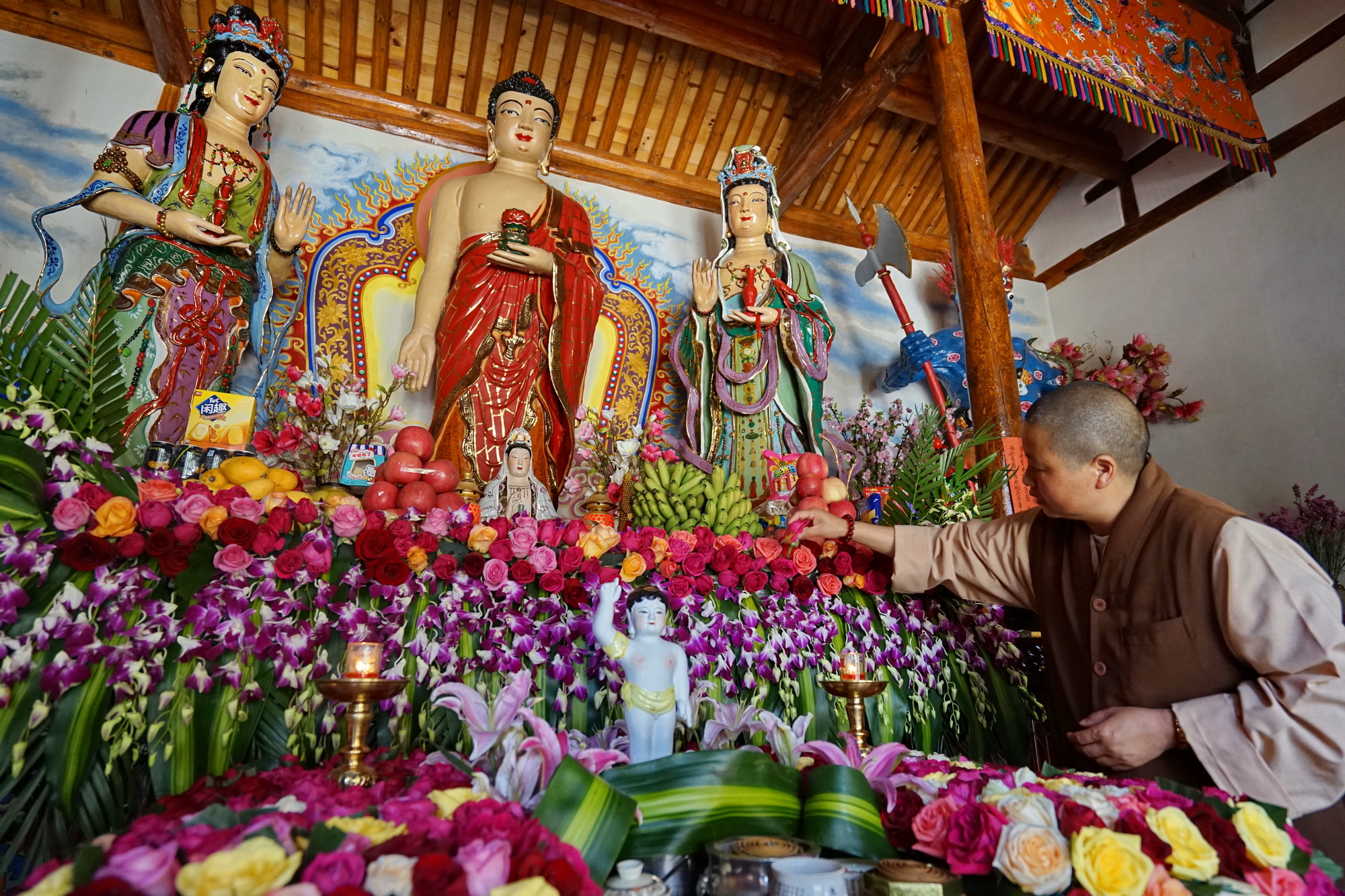
Master Miaohui(妙慧法师) invited us enthusiaticly into the “reception room” for a cup of tea. Here we are greatly astonished. These decorations and furnishings seemed ordinary are full of appeal and wisdom. She told us that the house here was built with stone and the old wood that they asked from the downhill villager. The interior decoration was designed by a person from Hangzhou and was made entirely of old materials and a little bit of parcels. It seemed complicated, but it did not spend much money.
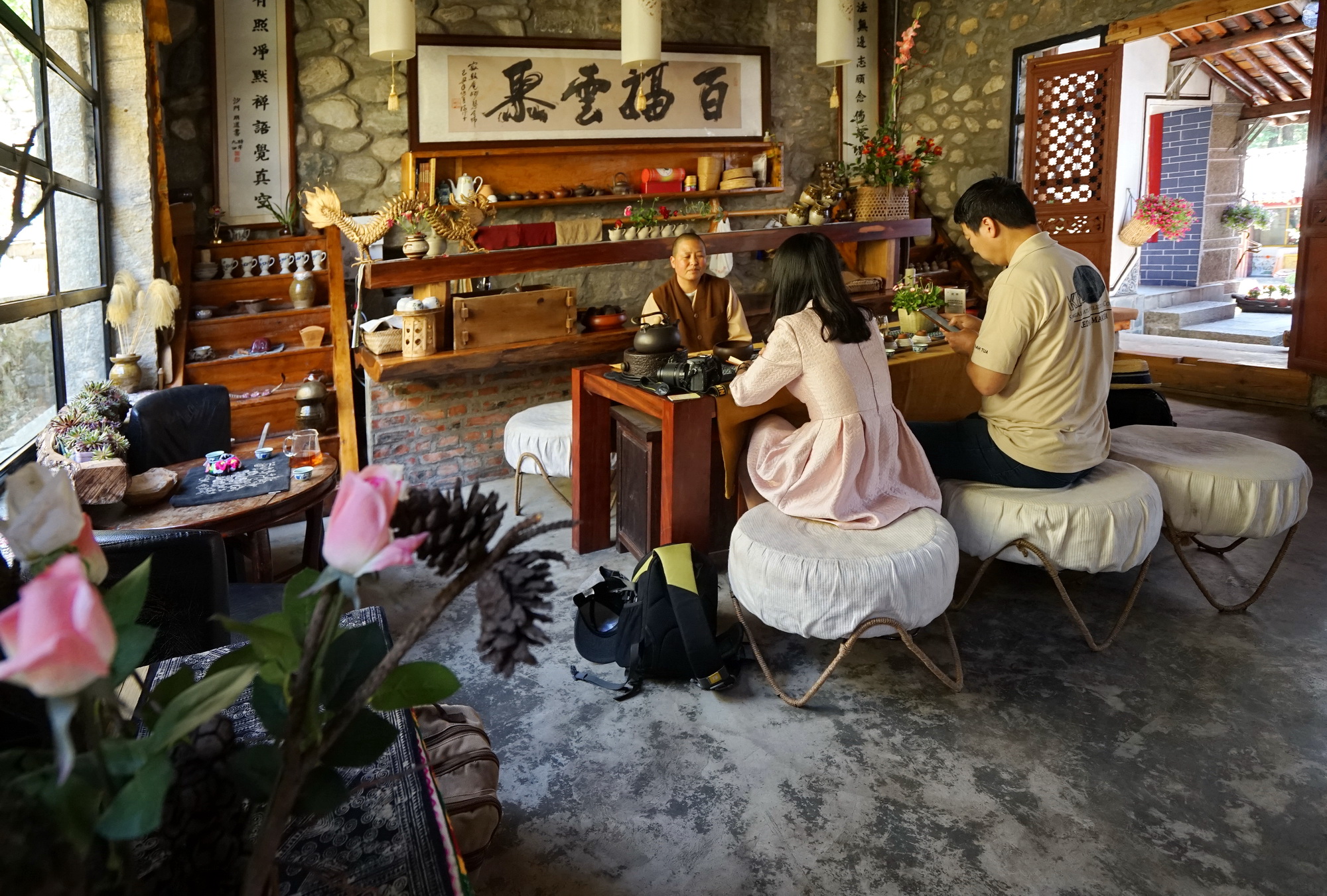
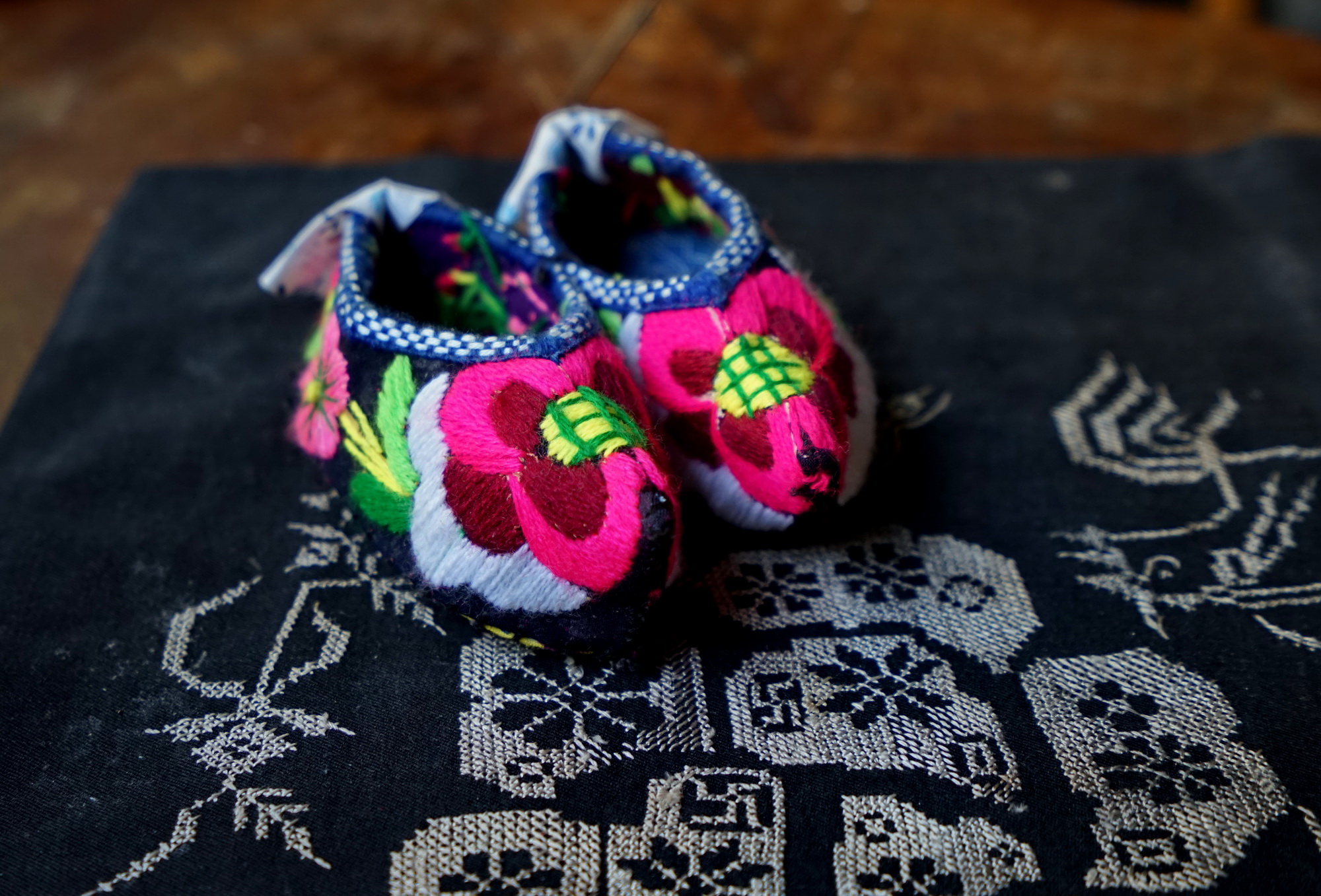
Miao Hui used home-made rose tea to entertain us and talked about her life and the construction of the monastery. She said that she was an eight-year-old girl when she became a monk and at the beginning, she was in the Gantong Temple which was in the foot of the hill. At that time, the mian task of her was took care of a 94-year-old nun. Afterwards, Jizhao nunnery revived. It has been forty years since she set up the monastery with others and held it.
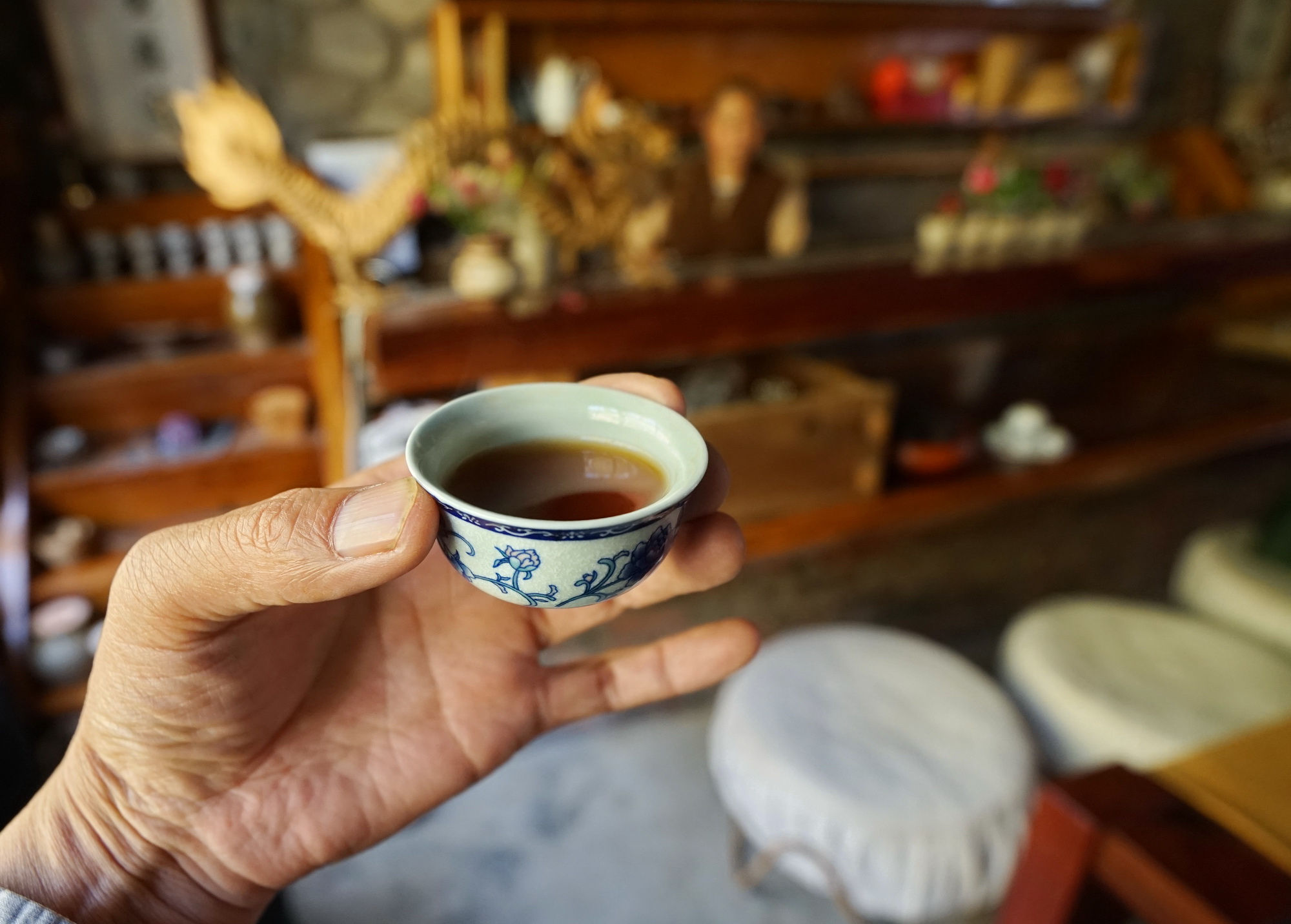
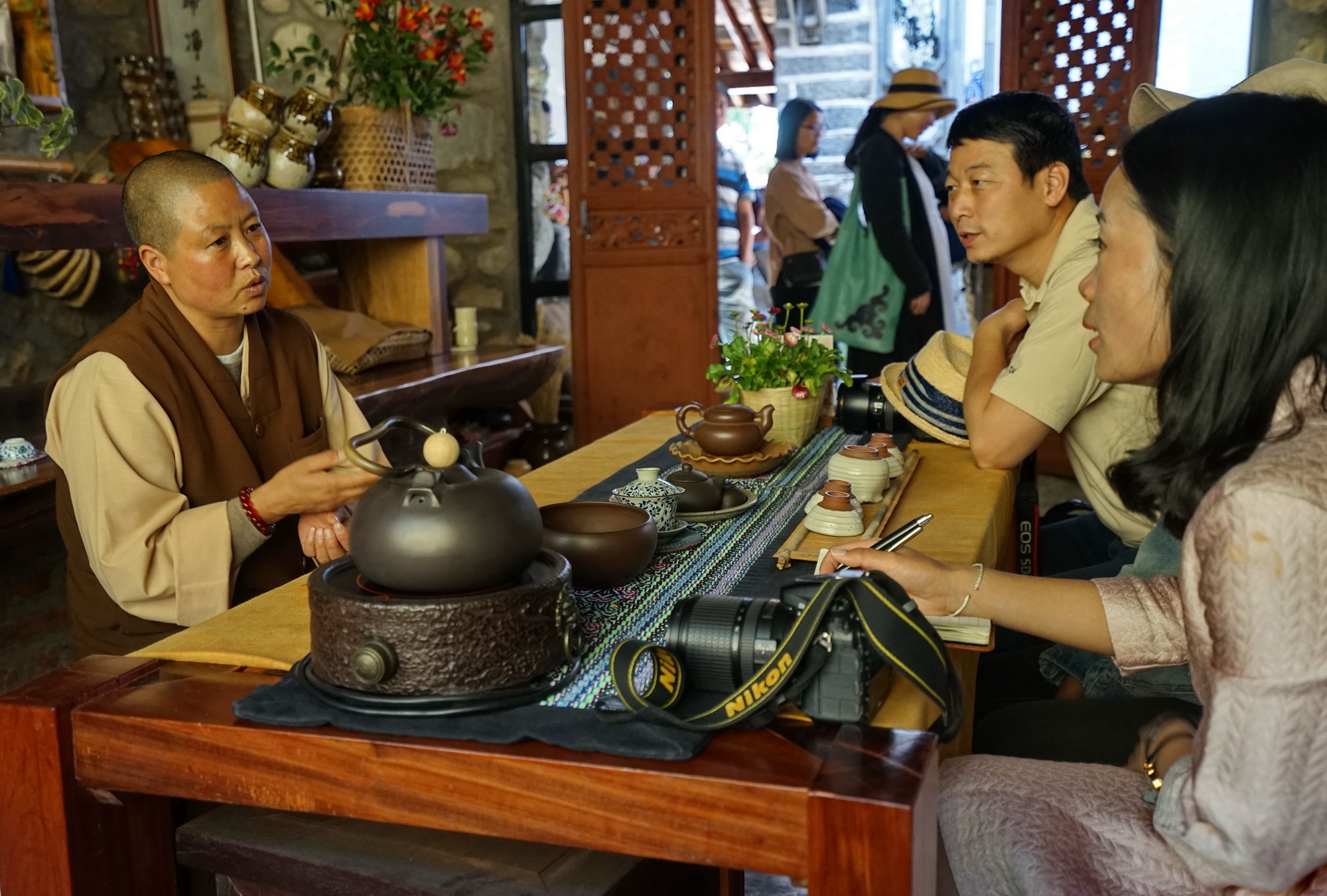
Jizhao nunnery, the name from “Feeling and then pass, silent as a warning,” nestled in the ancient cypress at the foot of Cangshan Mountain in Dali. Miao Hui said that these plants and flowers in the yard are planted with them by her leading. Decades of cultivation have made such great achievement. Not only planting flowers and plants, her greatest achievement was that to plant succulents. The temple is full of plants planted by potting, soil, hanging, and even the crevices in the walls are full of vitality.
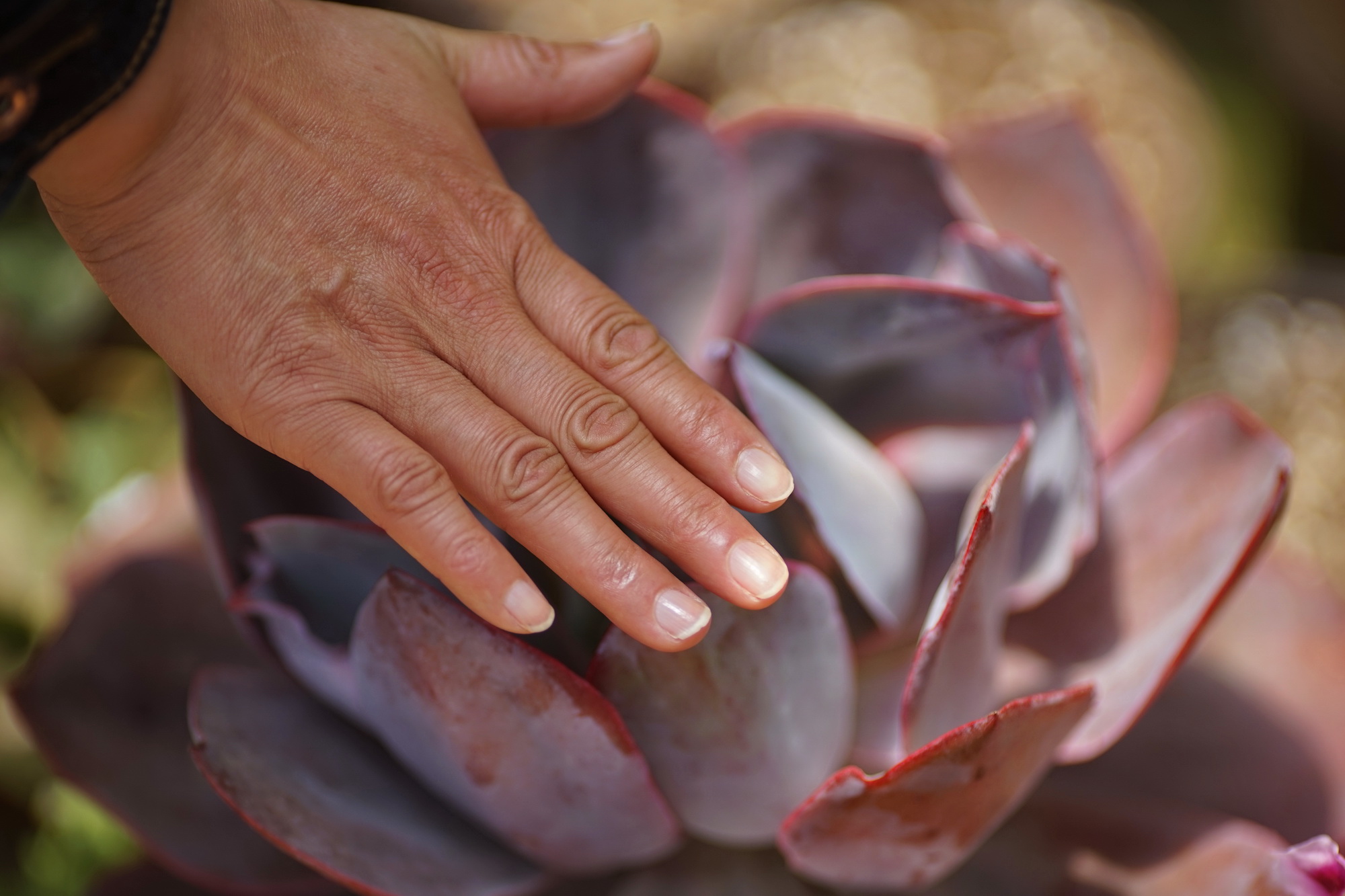
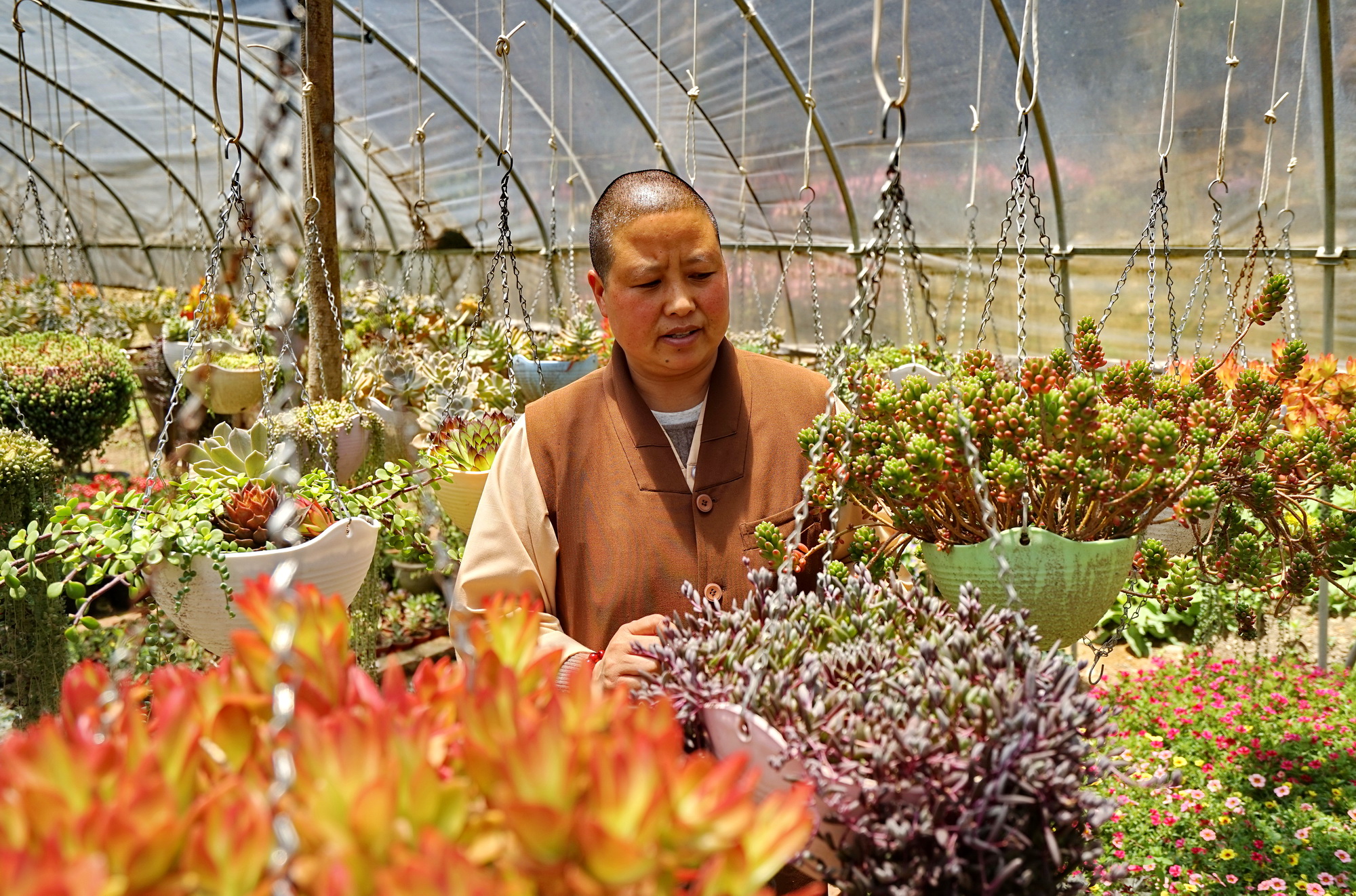
Many women come here and even want to stay because there are too many flowers, so warm environment, so elegant courtyard. It was popular and praised by the visitors, Jizhao nunnery is even honored as “the most petty bourgeoisie temple in China” and “the most beautiful nunnery”.
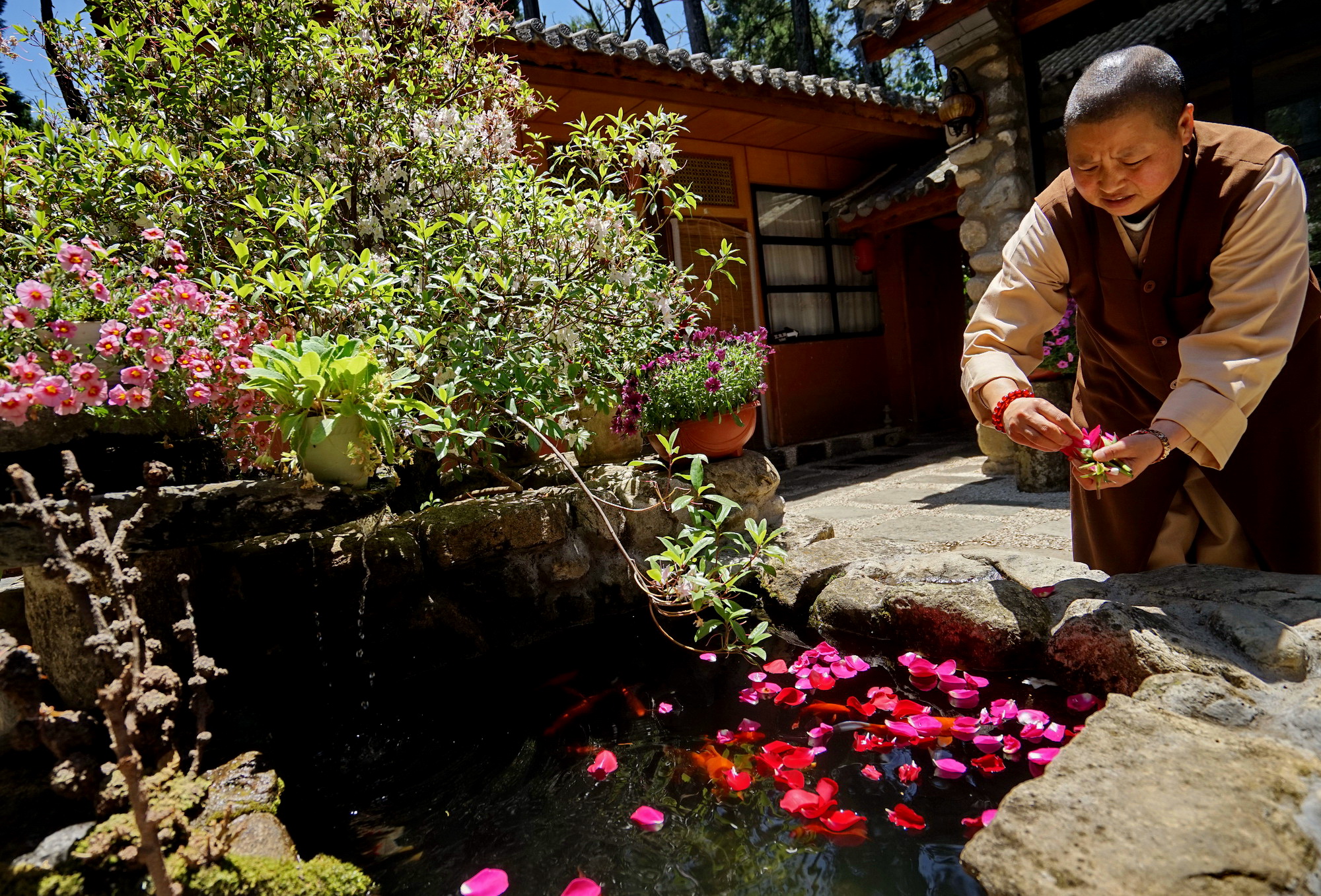
As we chatted, more and more people gathered outside. Turning out to be that theyeat at the monastery and waited for it early. There are many places for vegetarian food(斋饭). How can it be so hot here? It seems that many people came to Jizhao nunneryfor this meal.
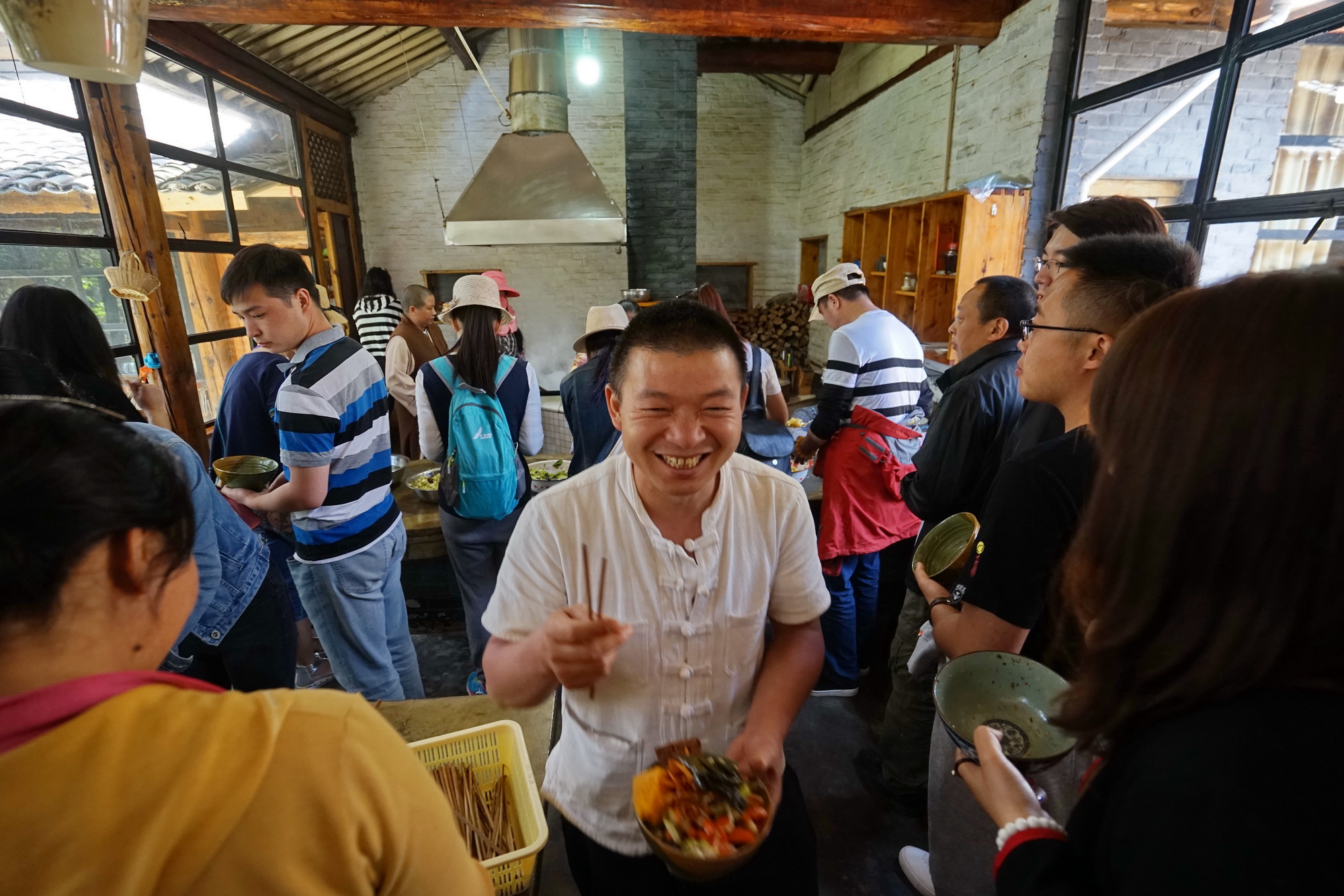
Jizhao nunnery’s vegetarian meal was 20 yuan for one person. There were many dishes and it was very tasty which was done with heart. Everyone was were full of praise for it and it was added again and again.
You can do anything if you do it by heart. Miao Hui master practice the mind and dedicate the mind to the Buddha; she plants flowers and grass and care for the monastery, she also to serve a vegetarian meal for everyone. This is the best place to experience the life of the monastery and this is the place smriti Dharma heritage.
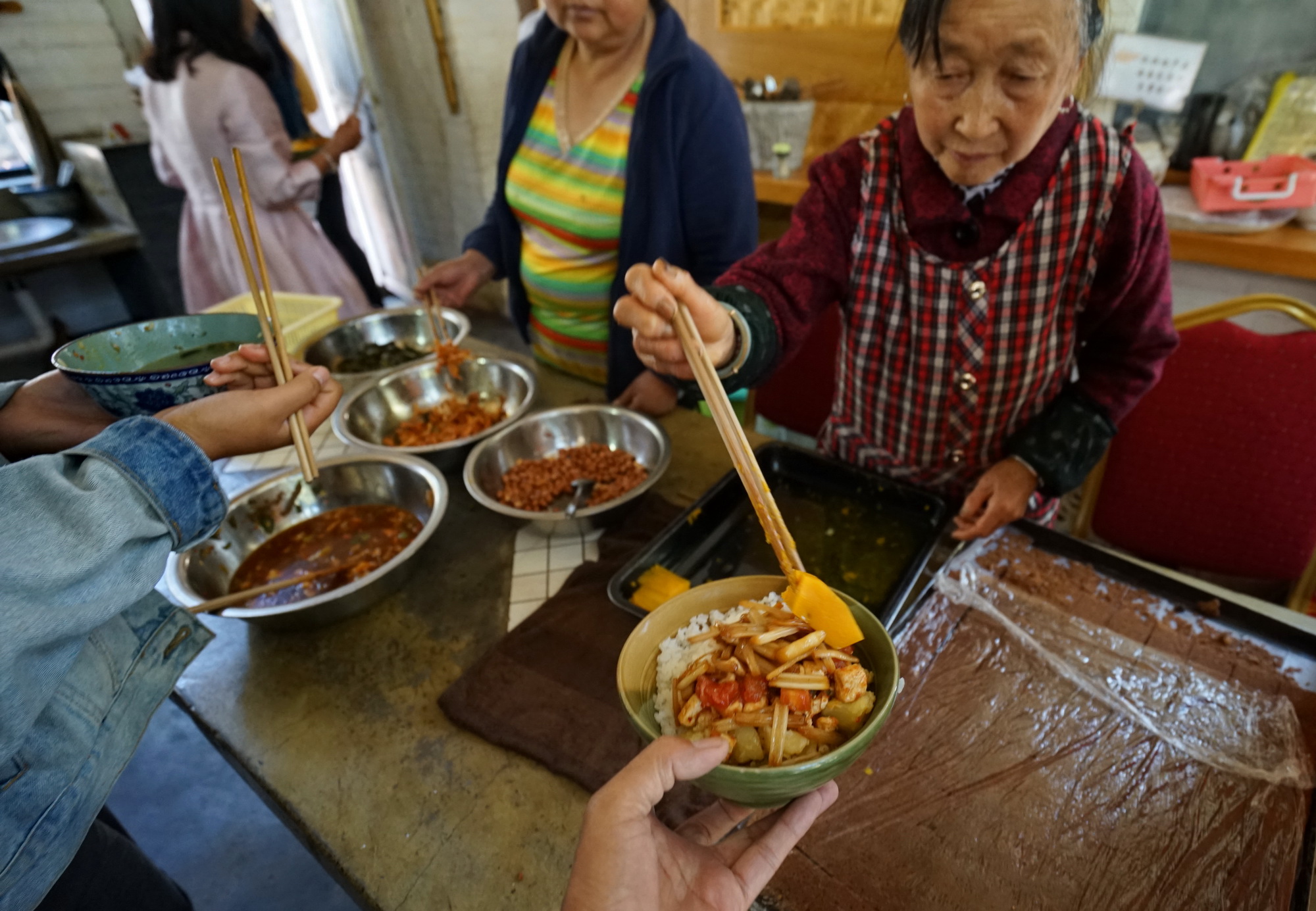
Miao Hui Master blended Buddhist and aesthetics together and combined the practice of self-cultivation with the demonstration of Buddhism. She devoted her efforts and wisdom in it and winning praise and hearts. Flowers and grass do not speak, the Buddha can’t speak, but he can feel the love and feelings of Master Miao Hui’s. This is a is really warm temple is full of Buddhist.
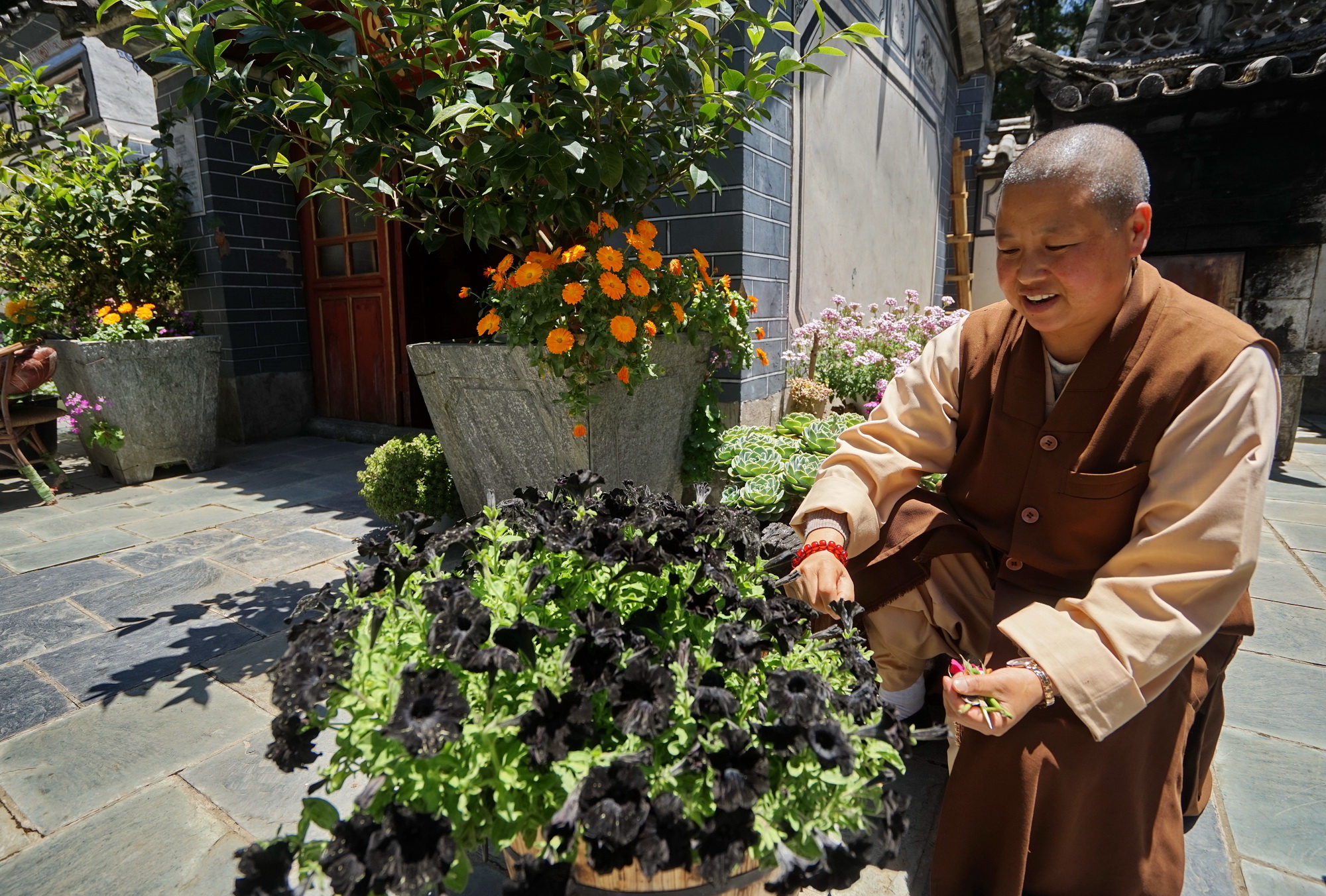
Dali’s Jizhao nunnery in the Yunnan province(云南省) is the most beautiful nunnery in China!
Chinese Source: https://www.sohu.com/a/144631402_115118/

 7 Days GolfingTour
7 Days GolfingTour
 8 Days Group Tour
8 Days Group Tour
 8 Days Yunnan Tour
8 Days Yunnan Tour
 7 Days Shangri La Hiking
7 Days Shangri La Hiking
 11 Days Yunnan Tour
11 Days Yunnan Tour
 6 Days Yuanyang Terraces
6 Days Yuanyang Terraces
 11 Days Yunnan Tour
11 Days Yunnan Tour
 8 Days South Yunnan
8 Days South Yunnan
 7 Days Tea Tour
7 Days Tea Tour
 8 Days Muslim Tour
8 Days Muslim Tour
 12 Days Self-Driving
12 Days Self-Driving
 4 Days Haba Climbing
4 Days Haba Climbing
 Tiger Leaping Gorge
Tiger Leaping Gorge
 Stone Forest
Stone Forest
 Yunnan-Tibet
Yunnan-Tibet
 Hani Rice Terraces
Hani Rice Terraces
 Kunming
Kunming
 Lijiang
Lijiang
 Shangri-la
Shangri-la
 Dali
Dali
 XishuangBanna
XishuangBanna
 Honghe
Honghe
 Kunming
Kunming
 Lijiang
Lijiang
 Shangri-la
Shangri-la
 Yuanyang Rice Terraces
Yuanyang Rice Terraces
 Nujiang
Nujiang
 XishuangBanna
XishuangBanna
 Spring City Golf
Spring City Golf
 Snow Mountain Golf
Snow Mountain Golf
 Stone Mountain Golf
Stone Mountain Golf
















